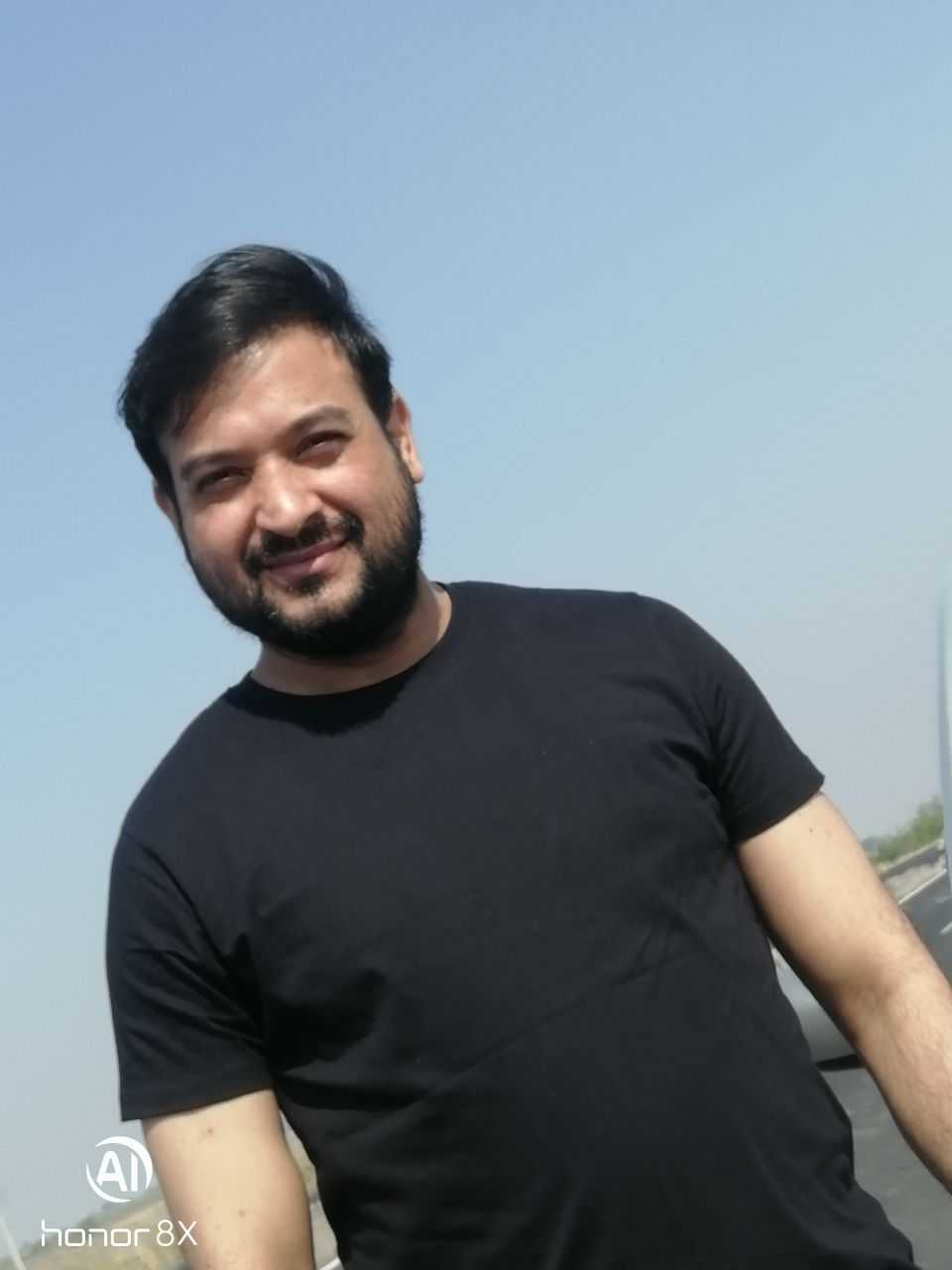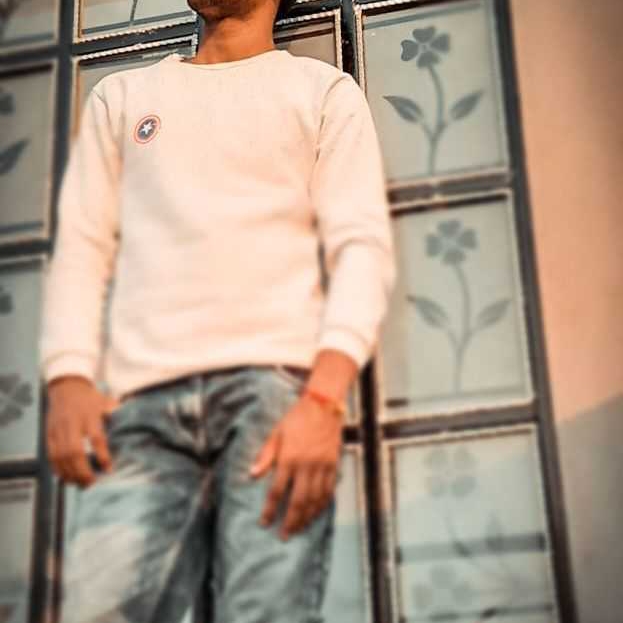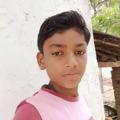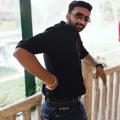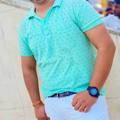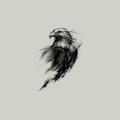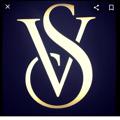Question 1 :
A person 1 m in front of a plane mirror seems to be _______ m away from his image.
Question 2 :
If the angle of incidence ray is given $30^{\circ}$, then what is the angle of reflection?
Question 3 :
What is the angle of incidence of a ray if the reflected ray is at an angle of $90^{\circ}$ to the incident ray?
Question 4 :
Part of the eye which controls the light entering is called
Question 5 :
Fill in the blanks: If you touch your _______ ear with right hand in front of a plane mirror it will be seen in the mirror that your right ear is touched with the left hand.
Question 6 :
Mention whether regular or diffused reflection will take place when a beam of light strikes on Mirror?
Question 8 :
<img style='object-fit:contain' src='https://teachmint.storage.googleapis.com/question_assets/cbse_ncert/61b1d0dbf59b460d7261f377.JPG' />
From the above image,Find out the position of the image of an object situated at A in the plane mirror.
Question 9 :
Fill in the blanks: The size of the pupil becomes__________ when you see in dim light.
Question 11 :
<img style='object-fit:contain' src='https://teachmint.storage.googleapis.com/question_assets/cbse_ncert/61b1d0dcf59b460d7261f379.JPG' />
From the above image, Can Boojho at C see this image?
Question 12 :
<img style='object-fit:contain' src='https://teachmint.storage.googleapis.com/question_assets/cbse_ncert/61b1d078f59b460d7261f2fa.jpg' />
Boojho planned an activity to observe an object A through pipes as shown in the above figure, so that he could see objects which he could not directly see. How many mirrors should he use to see the objects?
Question 13 :
What is the angle of incidence of a ray if the reflected ray is at an angle of $90^{\circ}$ to the incident ray?
Question 14 :
The outer coat of the eye is white. It is tough so that it can protect the interior of the eye from accidents. Its transparent front part is called ______?
Question 15 :
The most popular resource for visually challenged persons is Braille, it was developed by?
Question 16 :
How many images of a candle will be formed if it is placed between two parallel plane mirrors separated by 40 cm?
Question 17 :
At the junction of the optic nerve and the retina, there are no sensory cells, so no vision is possible at that spot. This is called the _________?
Question 20 :
When angle of incidence is equal to the angle of reflection
Question 21 :
Eyes of the nocturnal birds have large cornea and a large pupil.
How does this structure help them?
Question 22 :
The lens focuses light on the back of the eye, on a layer called?
Question 23 :
Suppose you are in a dark room. Can you see objects OUTSIDE the room?
Question 27 :
Fill in the blanks: A person 1 m in front of a plane mirror seems to be _____ away from his image?
Question 28 :
Mention whether regular or diffused reflection will take place when a beam of light strikes on Marble floor?
Question 29 :
Mention whether regular or diffused reflection will take place when a beam of light strikes on White Chalk powder that is used in school?
Question 31 :
The objects which emit their own light are known as _______ objects?
Question 32 :
How many times is a ray of light reflected by two plane mirrors placed parallel and facing each other?
Question 33 :
The angle between incident ray and reflected ray is $60^\circ$. What is the value of angle of incidence?
Question 34 :
The size of the pupil becomes ______ when you see in dim light.
Question 35 :
The retina contains several nerve cells. Sensations felt by the nerve cells are then transmitted to the brain through the optic nerve. Is it TRUE OR FALSE?
Question 36 :
The angle between the normal and the reflected ray is known as the ___________ ?
Question 37 :
<img style='object-fit:contain' src='https://teachmint.storage.googleapis.com/question_assets/cbse_ncert/61b1d073f59b460d7261f2f3.jpg' />
Boojho planned an activity to observe an object A through pipes as shown in the above figure, so that he could see objects which he could not directly see. What must be the angle with respect to the incident light at which he should place the mirrors?
Question 38 :
<img style='object-fit:contain' src='https://teachmint.storage.googleapis.com/question_assets/cbse_ncert/61b1d0faf59b460d7261f39f.PNG' />
Refer to the above figure. Can Boojho at C see the position of the image of an object situated at A in the plane mirror ?
Question 39 :
How many images of a candle will be formed if it is placed between two parallel plane mirrors separated by 40 cm?
Question 40 :
Suppose you are in a dark room. Can you see objects in the room?
Question 42 :
<img style='object-fit:contain' src='https://teachmint.storage.googleapis.com/question_assets/cbse_ncert/61b1d07ef59b460d7261f302.jpg' />
In the above figure of the human eye, the cornea is represented by the letter
Question 43 :
<img style='object-fit:contain' src='https://teachmint.storage.googleapis.com/question_assets/cbse_ncert/61b1d07cf59b460d7261f300.jpg' />
In the above figure, two mirrors A and B are placed at right angles to each other. A ray of light incident on mirror A at an angle of $25^\circ$ falls on mirror B after reflection. The angle of reflection for the ray reflected from mirror B would be
Question 44 :
Boojho while waving his hand very fast in front of his eyes,
observes that his fingers appear blurred. What could be the reason
for it?
Question 45 :
<img style='object-fit:contain' src='https://teachmint.storage.googleapis.com/question_assets/cbse_ncert/61b1d0faf59b460d7261f3a0.PNG' />
Refer to the above figure. Boojho stands at A just on the side of a plane mirror as shown in figure. Can he see the image of objects situated at P, Q and R?
Question 49 :
The distance between the object and its image formed by a plane mirror appears to be 24 cm. What is the distance between the mirror and the object?
